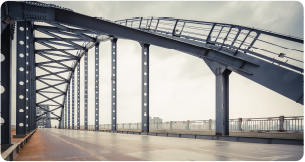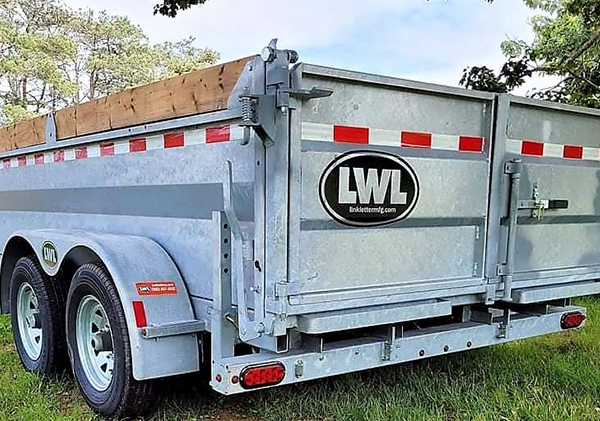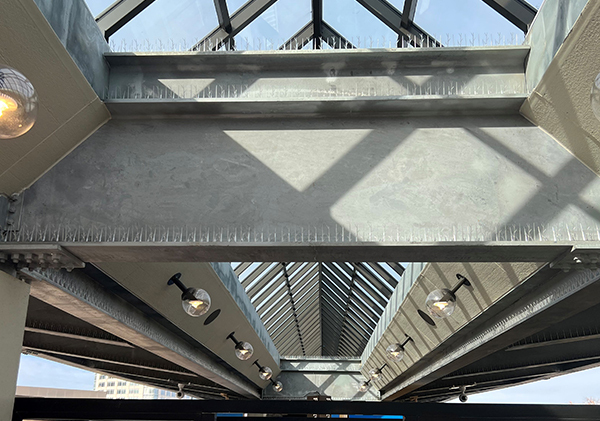The Coney Island Yard complex is one of the largest transit yards in America, directly serving four main lines of track into and out of New York City. This project is 83 truss units elevating communication and power cables to keep from flooding waters.
The structural steel cable bridge is used to create new communication and cable bridges at the Coney Island transit yard in Brooklyn, NY. One of the largest transit yards in the country, the Coney Island Yard can store up to 881 subway cars at one time, consisting of three yards. The complex is also home to car wash, maintenance, and repair facilities, as well as substations, signal towers, and power and communications cables that support operations.
“This is a new approach for us. Normally we would be burying cables, but instead, we’re protecting them by now suspending them on this bridge structure in order to inspect them, maintain them, as well as provide a safe walkway for our employees.” – Managing Director of MTA, Ronnie Hakim
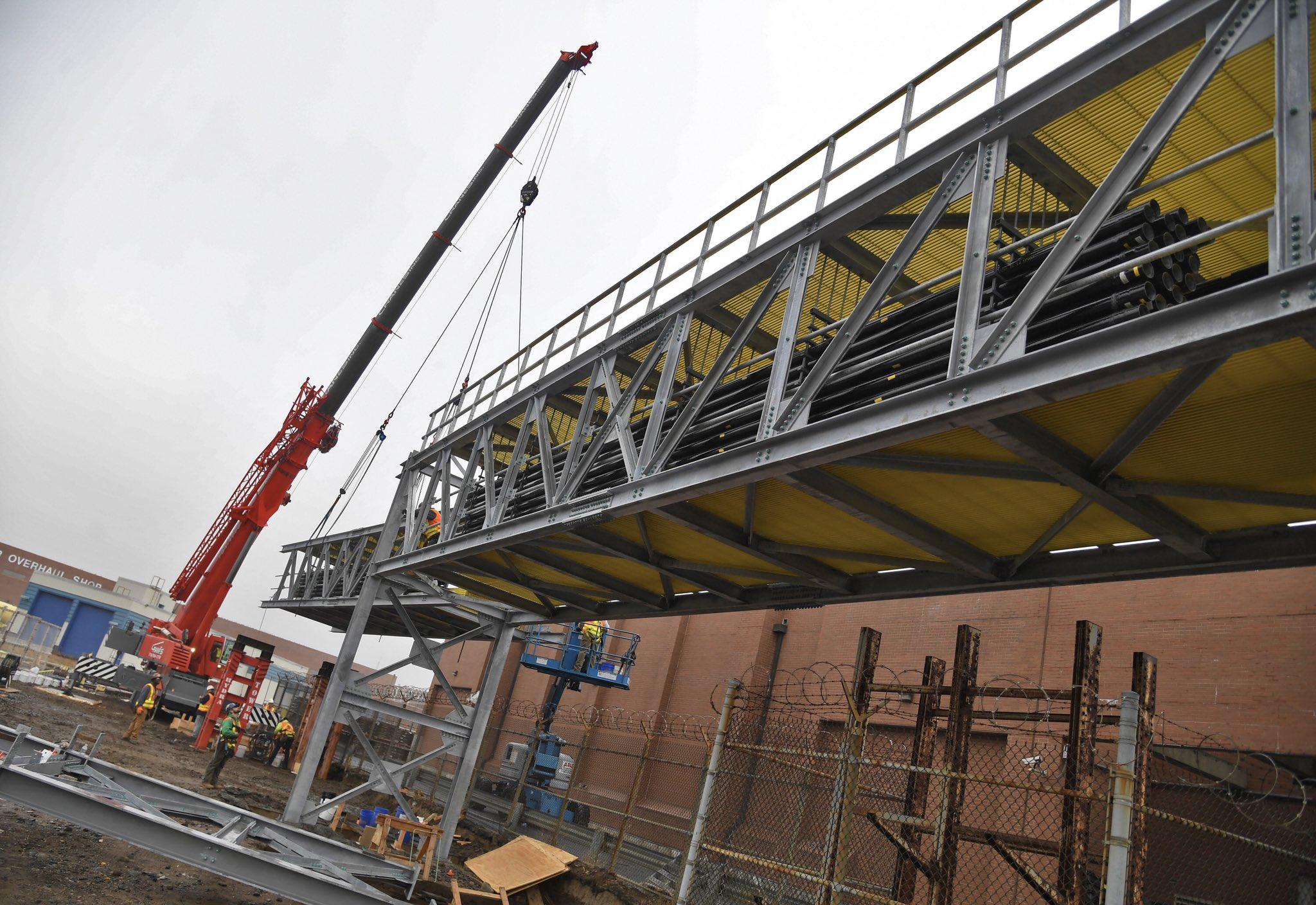
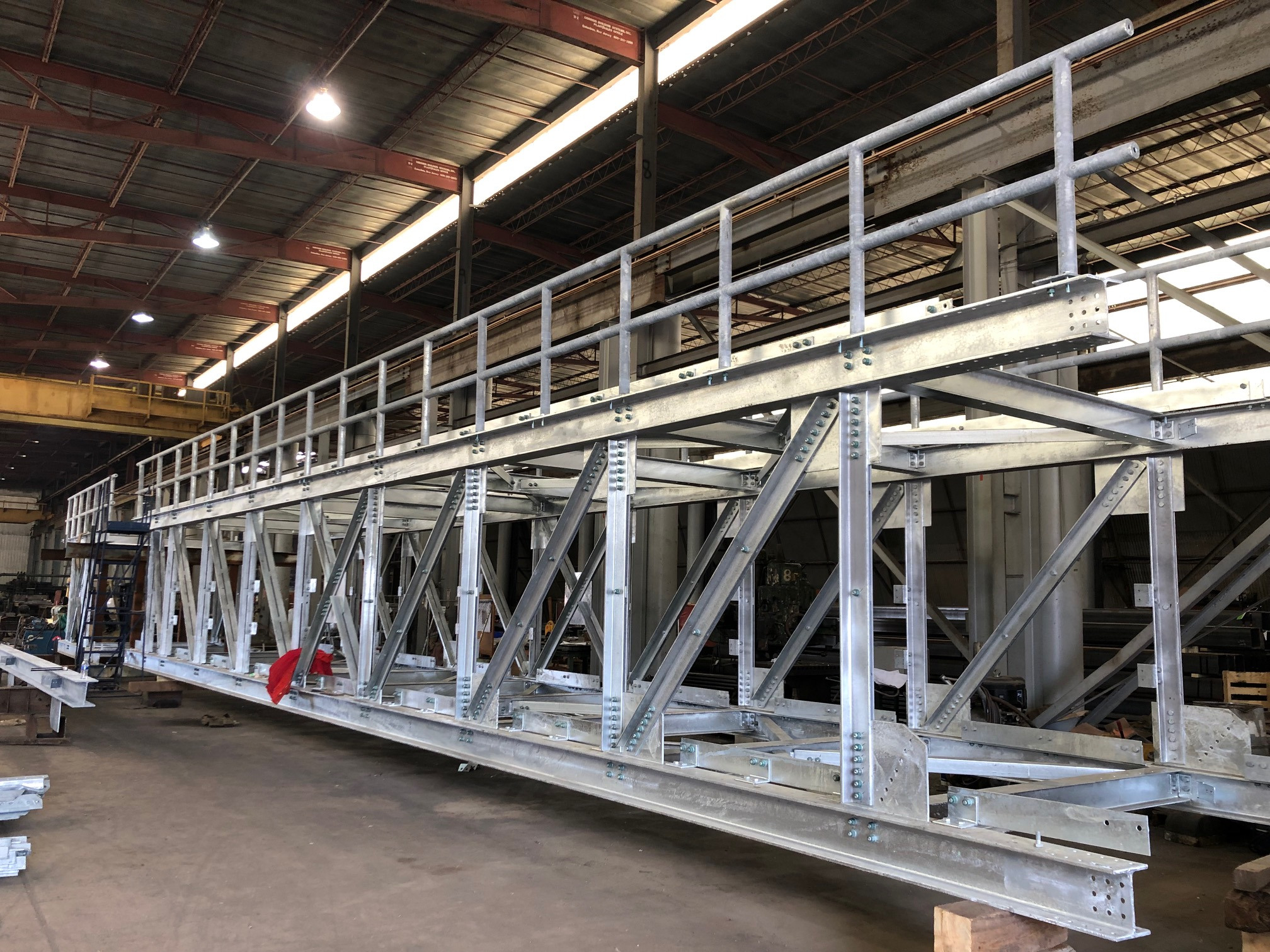
The Coney Island Yard is located adjacent to Coney Island Creek. This became a problem during Superstorm Sandy; the storm surge caused the creek to flood and inundated the yard complex with over 27 million gallons of saltwater and debris. After pumping out water making repairs, and getting trains operable again, it was determined that additional protection against severe storms is necessary. The solution is to construct a cable bridge over the three yards to elevate communication lines and power cables. This will prevent delayed communication when the water table causes flooding.
It was obvious to the MTA that this project will need the best corrosion protection possible. Considering the life-cycle of hot-dip galvanizing on structural steel is superior to other alternatives at a competitive price, it was an easy decision to choose hot-dip galvanizing. The timeline on this project is also a consideration. With 83 truss units, the work is constantly flowing, and the quick lead time of the galvanizer was valuable to the MTA.


